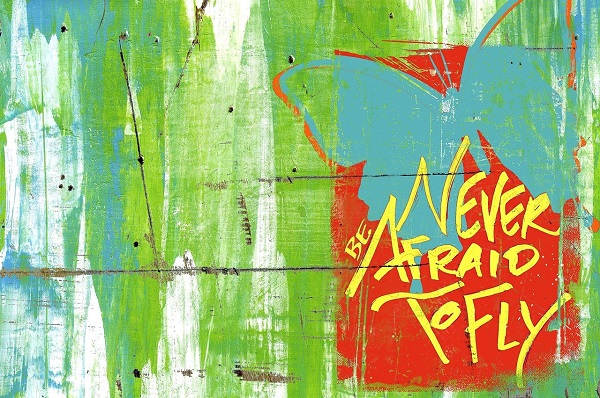In a final set of Q&A (flashcards), I will focus on solid, practical advice and provide Product Owners with direct answers to commonly asked questions.

Learning resources provide the necessary skills to advance in your career as a PO.
Sky is the limit for the ambitious ones!
If you haven’t been following my article series on PO’s, here’s a brief overview:
-
My 1st article was dedicated to explaining what Product Owners do, outlining their responsibilities and breaking down the skills required to achieve leadership greatness.
-
The 2nd delved into the mission of a Product Owner and offered tips on how to build fruitful relationships with teams and clients.
-
My lastest article listed resources I, myself have used and found effective in building successful relationships with both the team and stakeholders.
So, let’s dive into my last installment!
What do you do as a PO when there are too many features on a list? How do you choose the right ones?
If your project has an overwheming feature list, concentrate only on what is necessary first. By that, I mean what the users absolutely need, what functionalities solve a problem or fix a gap in the product.
To best prioritize functionalities, use a sort of voting system. Establish a set of criteria (such as Customer Impact/Need, Business Value, Implementation Cost), meet with the stakeholders and start voting on each of the features. The features scoring the highest should be at the top of the list. The features with the highest customer impact can also be bumped up to the top.
How to use an MVP and MMP?
An MVP or Minimum Viable Product is a preliminary version of a product that can be used to test an idea and gain valuable insight into user needs, a sort of POC (Proof of Concept).
The MMP or Minimum Marketable Product contains the minimum amount of features that make a product actually marketable and responsive to to user needs – minus all the extra bells and whistles.
I would rather use an MVP to test my product on a small sample scale and save the MMP for when I’ve determined what is suitable for a larger user base. What is considered an MMP can differ by country or market – depending on product type or business objectives.
The MVP is a “first attempt” that can either be scrapped or later used to develop an MMP.
How can a PO be sure the product will live up expectations when directions are vague?
An approach I find useful is to organize workshops with stakeholders to make sure they are all aligned in terms of expectations. While with good intentions, it’s possible for them to go into a project with different goals and concerns – something without even being aware of the disconnection. Once a consensus is reached everyone should be on the same page, the direction will be clearer & you can start validating a POC with some end users.
In the end, this will make it easier for you to point your team in the right direction when you, yourself have a clearer idea of end user expectations.
A POC can be a great way of validating assumptions. After receiving feedback, you can better decide what features belong in the MVP and which can wait.
Work in a state of mind that a problem that is being solved through the product. Select base features that solve the most immediate and glaring problems. Then, test the next based on urgency and necessity.
Prototype on paper or with mockup applications?
I’ll see your question and raise you another. How do you intend the prototype to be used?
If you’re only going to be holding an internal workshop to help people get better accustomed to features and interactions, a paper prototype works just fine. It’s an inexpensive but creative way to make quick iterations, gain feedback and change them without wasting time.
However, if you intend to reach end users to test an idea or feature, I highly suggest using a mock-up app to create the prototype. This will allow you to create a dynamic prototype and observe user reactions.
Is there Agility beyond software development? Are Product Owners present only in IT?
Agility is a state of mind and philosophy that can be applied in everyday life as well as the technology sector. The Agile Principles can increase productivity even on a personal level when managing chores, appointments or even organizing your home.
You can be your own product owner and build a backlog, prioritize tasks, decide which are the most pressing and which can be done later in say, a one week sprint for example.
There are even people who apply agility to their parenting practices or when they want to undertake a new project such as gardening or redecorating. Come to think of it, Agile would work great in the home improvement domain – especially construction. Much better than say, Waterfall. The construction field is of the most resource exhaustive industries with some of the most demanding clientele. Practicing agility would help construction workers adapt to change with continued progress visibility and risk mitigation. This will result in increased productivity, better cost management and effective time allocation.
Take a look at this article for more details on how agile can be applied to your everyday life.
Watch the video replay of the webinar, “A Product’s Owner Life: How to Build the Right Product with a Happy Team” for a recap of my 5 useful lessons on Product Management to help you build a better product.









